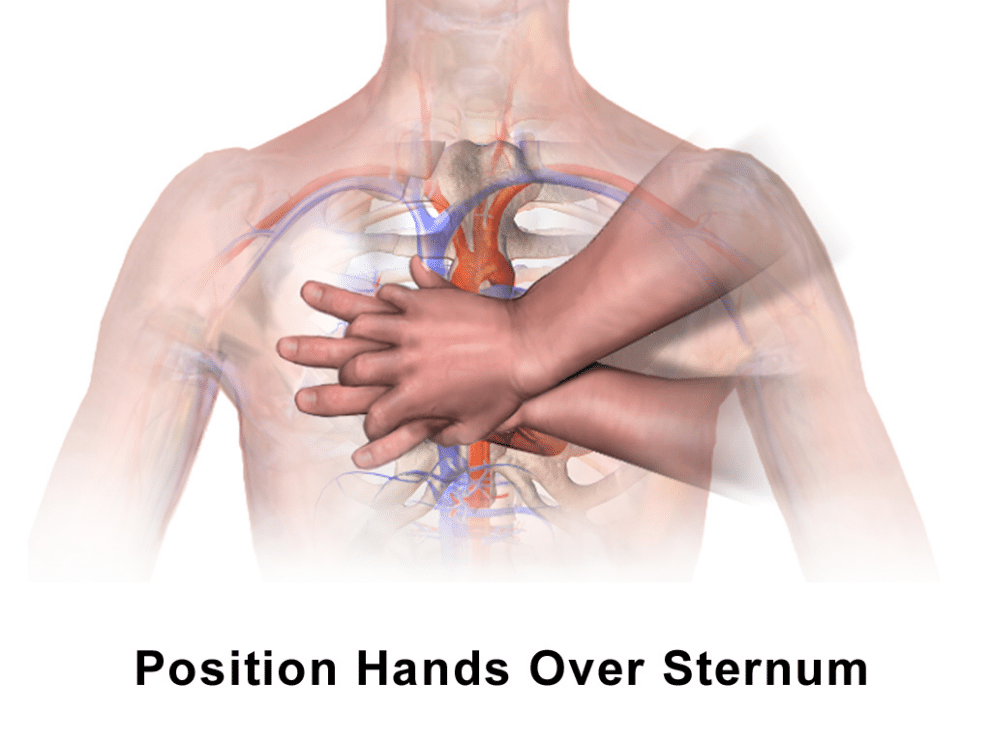
What is CPR?
CPR stands for Cardiopulmonary Resuscitation. It is an emergency life-saving technique performed on individuals who are experiencing cardiac arrest or have stopped breathing. CPR is used to manually maintain blood circulation and deliver oxygen to the body’s vital organs until advanced medical help arrives.
The main goal of CPR is to restore blood flow to the brain and heart by performing chest compressions and rescue breaths. Here are the basic steps of CPR:
- Check the person’s responsiveness: Tap the person and shout to check if they are conscious and responsive.
- Call for help: If the person is unresponsive or not breathing normally, call emergency medical services (911) or ask someone nearby to do so.
- Perform chest compressions: Place the heel of one hand on the center of the person’s chest (between the nipples) and interlock your other hand on top. Push hard and fast, compressing the chest at a rate of about 100-120 compressions per minute.
- Deliver rescue breaths: After 30 compressions, give two rescue breaths. Tilt the person’s head back slightly, lift their chin, and cover their mouth with yours to create a seal. Give a breath that makes the chest rise, and repeat.
- Continue cycles of compressions and breaths: Perform cycles of 30 compressions followed by two rescue breaths until help arrives or the person starts showing signs of life.
It’s important to note that while CPR can be performed by anyone in an emergency situation, proper training and certification in CPR techniques provide the best chances for successful resuscitation.
When was CPR invented?
Cardiopulmonary Resuscitation (CPR) has evolved over time, and its origins can be traced back to various advancements in medical knowledge and techniques. Here are some key milestones in the development of CPR:
- In the 18th century, the concept of artificial respiration emerged, with various techniques being attempted, including mouth-to-mouth breathing and chest compression.
- In the late 19th century, Dr. Friedrich Maass, a German physician, published a paper on “indirect heart massage,” which described external chest compressions as a means to revive a person in cardiac arrest.
- In the early 20th century, Dr. James Elam and Dr. Peter Safar conducted research on mouth-to-mouth resuscitation and established its effectiveness in reviving individuals who had stopped breathing.
- In the 1950s, Dr. James Jude, Dr. William Kouwenhoven, and Dr. Guy Knickerbocker developed a technique combining chest compressions and mouth-to-mouth breathing, which later became known as cardiopulmonary resuscitation (CPR).
- In the 1960s, the American Heart Association (AHA) recognized the importance of CPR and started promoting standardized CPR techniques through training programs and guidelines.
Since then, CPR techniques and guidelines have continued to evolve and improve, with ongoing research and advancements in resuscitation science. Today, CPR training and certification are widely available, and CPR is considered a vital skill for both healthcare professionals and the general public in emergency situations.
How effective is CPR?
CPR, when performed promptly and correctly, can significantly increase the chances of survival for someone experiencing cardiac arrest. The effectiveness of CPR depends on various factors, including the promptness of initiation, the quality of compressions and rescue breaths, and the availability of advanced medical care.
Here are some key points to consider regarding the effectiveness of CPR:
- Circulation and oxygenation: CPR helps maintain blood circulation to vital organs, especially the brain, by manually compressing the chest. This ensures a minimal supply of oxygenated blood to the body until advanced medical help can be provided.
- Bridge to defibrillation: For individuals experiencing a specific type of cardiac arrest known as ventricular fibrillation (VF), CPR can serve as a bridge to defibrillation. CPR can help sustain the person until a defibrillator is available to deliver an electrical shock to restore a normal heart rhythm.
- Bystander intervention: The immediate initiation of CPR by a bystander can significantly improve outcomes. Bystander CPR has been shown to double or even triple the chances of survival for someone in cardiac arrest.
- Quality of CPR: The effectiveness of CPR is directly related to the quality of compressions and rescue breaths. Compressions should be deep, fast, and uninterrupted, and rescue breaths should be given effectively to ensure proper oxygenation.
- Availability of advanced medical care: While CPR can provide life-sustaining support, it is essential for advanced medical care to be accessible as soon as possible. This includes the arrival of emergency medical services, access to defibrillation, and subsequent medical interventions.
It’s important to note that the effectiveness of CPR can vary depending on individual circumstances, the underlying cause of cardiac arrest, and other factors. However, even if CPR does not result in a full recovery, it can still provide valuable time and support until professional medical assistance is available. Proper training and regular re-certification in CPR techniques can help individuals perform effective CPR and improve the chances of a positive outcome in an emergency situation.




 Share
Share Tweet
Tweet Share
Share




Comment